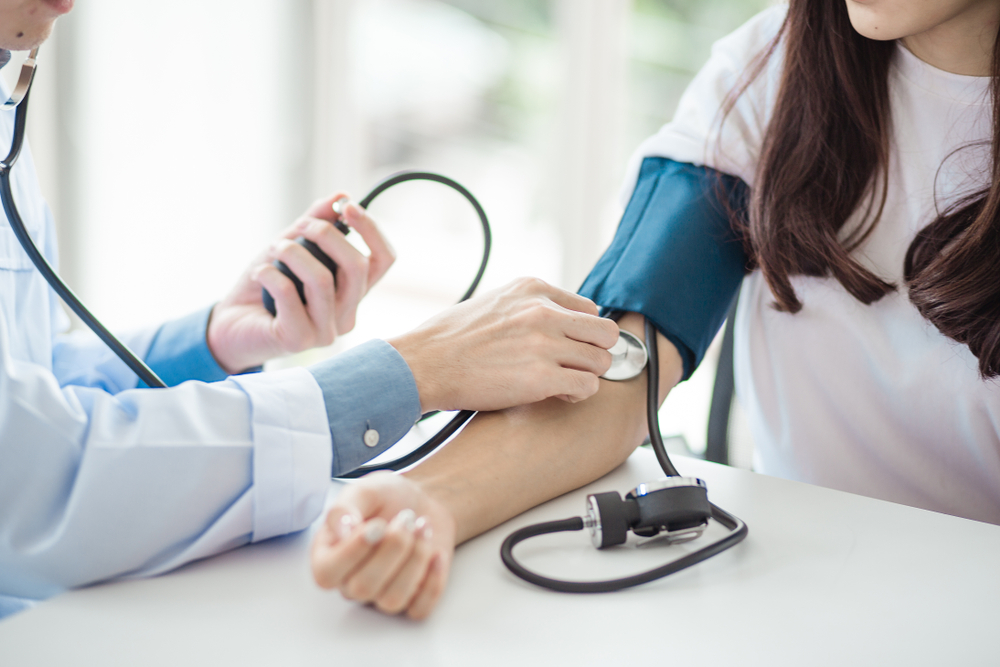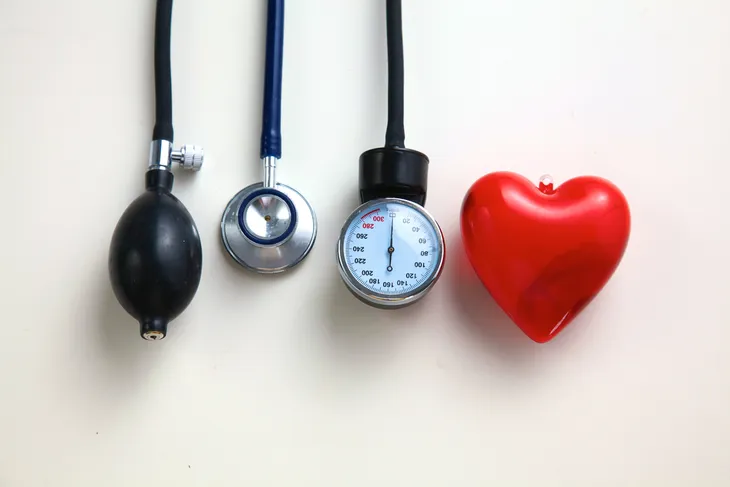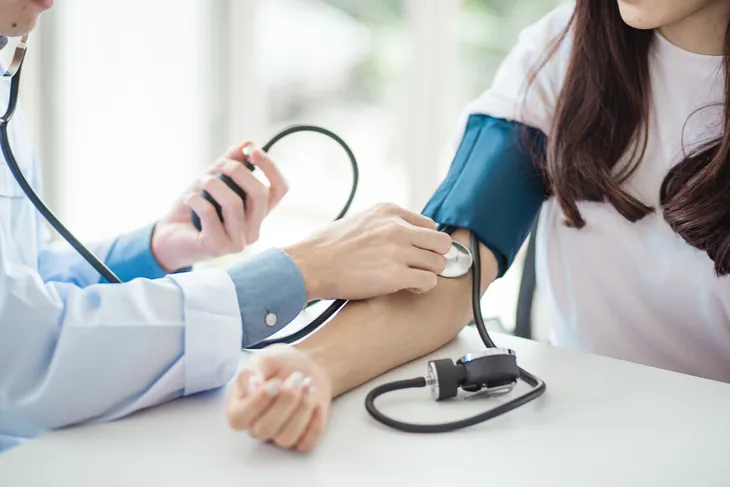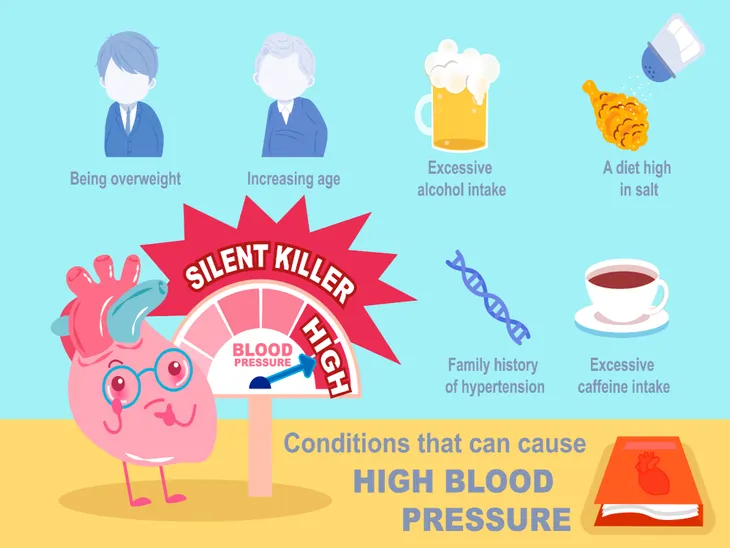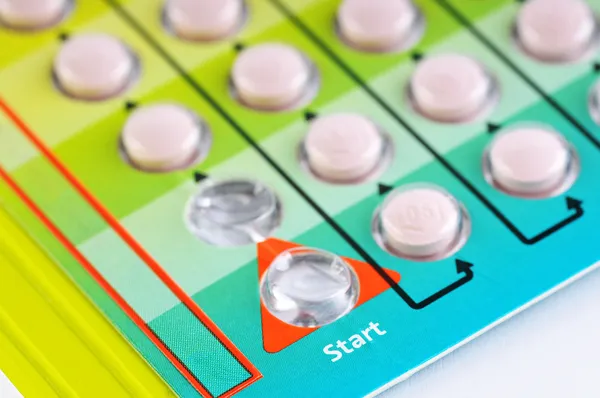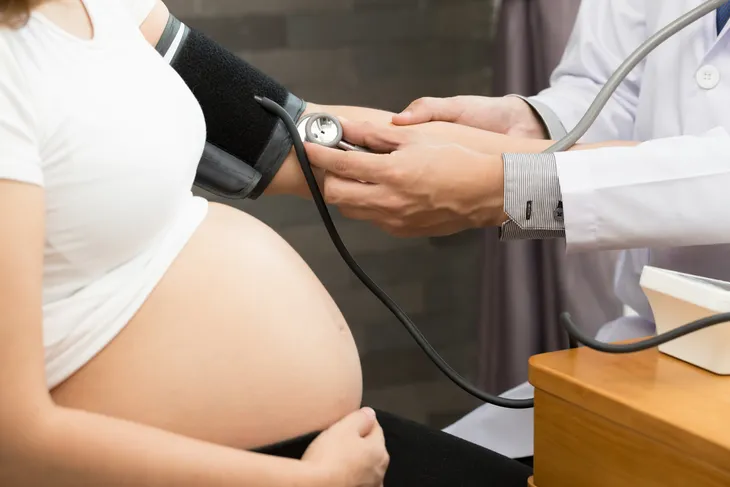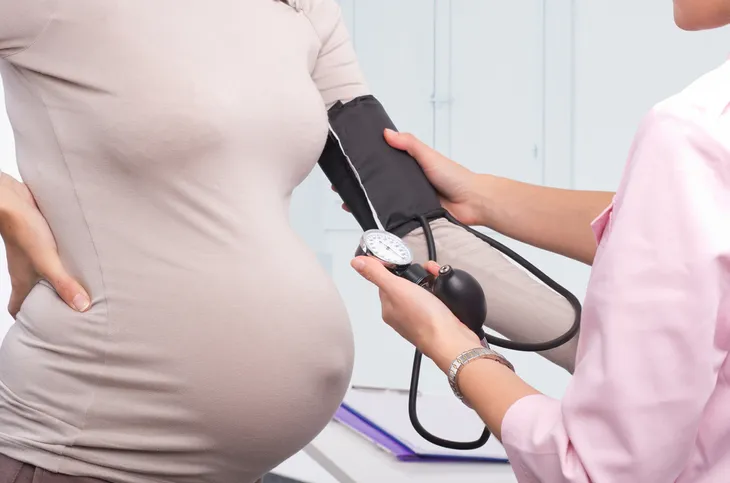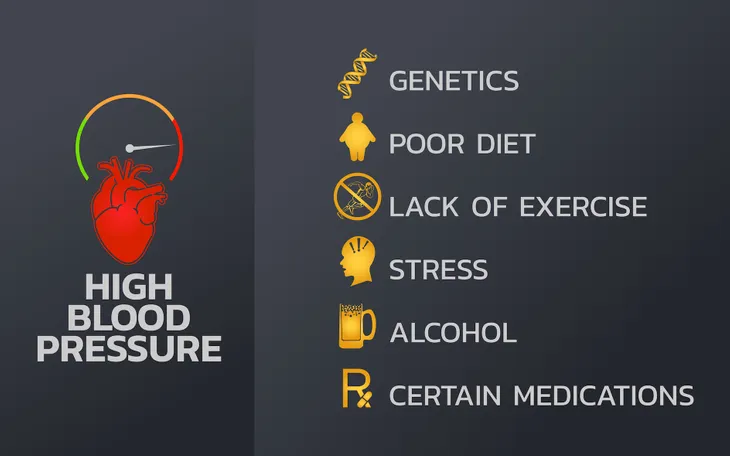High blood pressure (also referred to as hypertension) occurs when there’s a force of blood pushing against the lining of the arteries and that force remains higher than normal for a period of time. High blood pressure can be dangerous because it not only damages the blood vessels, but it can also affect important organs in the body, like the heart and brain.
While high blood pressure is often seen as a male condition, it is quite common among women, especially those who are in their 40s, 50s, and 60s. In fact, Healthline points out that women who’ve gone through menopause are actually at a higher risk than men. With that being said, here’s a look at some tips and facts every woman should know when it comes to high blood pressure…
1. What is High Blood Pressure
Blood pressure is something we often hear about when it comes to our overall health. Most of the time it comes up in relation to hypertension, or as a possible side effect of certain medications, or even a complication from a pregnancy. For the most part, we know that high blood pressure is bad and low blood pressure isn’t great either, but what exactly is high blood pressure? According to VeryWell Health, blood (which carries oxygen and nutrients) is pumped through vessels in our body. High blood pressure occurs when there’s a great force of blood against the blood vessel walls, and since the heart is what pumps our blood, the higher the blood pressure the harder the heart is working.
The same source explains that just because someone has high blood pressure at one point in the day, that doesn’t mean they suffer from high blood pressure. Our blood pressure changes throughout the day, but for some people it goes up and stays high. This is known as hypertension or high blood pressure.
2. Blood Pressure Myths
We’ve already covered one of the more common myths about blood pressure (that it’s only a male condition, which isn’t true), but there are plenty others. Firstly, many people believe that because high blood pressure is so common, it’s not that big of a deal. Wrong! High blood pressure can damage blood vessels which affects the heart, kidneys, and other important organs. In fact, high blood pressure puts you at risk for stroke and heart disease. Two of the leading causes of death in the U.S. reports the CDC. In addition to that, many people believe that because high blood pressure runs in their family they won’t be able to avoid it. This is also wrong. Despite any amount of risk factors, there are always preventative measures that can be taken to avoid it. For example eating healthy, weight management, limited alcohol consumption, and regular exercise are all ways a person can prevent hypertension.
The American Heart Association also lists a few other common misconceptions including that just because a person feels fine doesn’t mean they’re completely healthy. Also, limiting salt consumption requires more effort than just avoiding the salt shaker. You have to be diligent about checking food labels and just because one of the numbers on your blood pressure reading is normal, doesn’t mean it’s all OK. Both should be within a normal range.
3. No Symptoms
High blood pressure has been deemed the “silent killer” because it can occur without any symptoms. This is pretty scary because someone could be suffering from high blood pressure and not even know it until the condition becomes so bad that it leads to a stroke or heart attack.
Of course, there are exceptions. Healthline says that some people might experience nosebleeds, headaches, or dizziness which could act as warning signs. Don’t count on these things happening though. Your best bet is to monitor blood pressure on a regular basis.
4. How to Check Your Blood Pressure
Blood pressure is very easy to measure. You’ve most likely had it done several times before at the doctor’s office, but it’s also easy to do at home! Blood pressure is measured with two readings, systolic pressure which is “the pressure of blood in the vessels as the heart beats,“ writes VeryWell Health, and the diastolic pressure which is “the pressure of the blood between heartbeats.” Both of these numbers are needed to measure blood pressure and they are written as a fraction with the systolic above the diastolic or to the left.
Very Well Health provides the example of 120/80-mmHg (millimeters of mercury). This is considered a normal adult blood pressure. “Your blood pressure is high if the systolic pressure is 140 or above, or the diastolic pressure is 90 or above, or both are high,” explains the source.
5. Complications Associated with High Blood Pressure
As mentioned previously, high blood pressure can go undetected until it leads to more serious complications like a stroke or kidney failure. In addition to that, people with chronic high blood pressure are much more prone to heart attacks because of the damage to their blood vessels, says Healthline. Pregnant women should be extra cautious because high blood pressure can be dangerous for both the mother and child.
6. High Blood Pressure and Birth Control Pills
Birth control pills are a great form of contraception, but there is a downside to them which is that for some women they can increase their blood pressure. While it’s more common in women who are overweight, it can also occur in women who have experienced hypertension previously, or those who have a family history of high blood pressure or kidney disease. Birth control pills can also be dangerous for women who smoke. Women who are thinking about going on birth control pills should consult their doctor to learn about the risks and find a brand that works best for them.
7. Getting Pregnant with High Blood Pressure
Healthline points out that “hypertensive disorders resulting from high blood pressure are the second-leading cause of U.S. maternal death during pregnancy.” While there are risks, women who suffer from hypertension are still able to get pregnant and carry a baby to term, but they must work closely with their doctor to ensure their pregnancy is healthy. One of the first things a woman should do prior to getting pregnant is talk to her doctor about managing her medication because some can have a negative impact on a baby’s health. Also pregnancy can make high blood pressure worse for some women. “Each woman is different, and your doctor will give you recommendations for your situation,” says Heart.org.
The American Heart Association lists a number of precautions to follow before getting pregnant which includes, getting blood pressure under control, monitoring diet and limiting sodium, exercising regularly, lose weight if overweight, quit smoking, and discuss all medications with you doctor, including over the counter supplements and drugs. It’s also important to note that a person should never stop taking their medication without consulting their doctor first.
8. Managing High Blood Pressure While Pregnant
There are three main types of high blood pressure that pregnant women can experience: chronic hypertension, gestational hypertension, and chronic hypertension with superimposed preeclampsia. Women who suffer from high blood pressure during their pregnancy should obviously keep a close eye on their blood pressure by tracking it and maintaining regular doctor visits. Your doctor will be able to tell you what is normal during pregnancy and should measure it at every visit.
High blood pressure is typically controlled with medication like ACE inhibitors, renin inhibitors, or angiotensin receptor blockers, but these medications can be dangerous for pregnant women, says Mayo Clinic. The best way to manage high blood pressure during pregnancy is to discuss it with your doctor. As previously mentioned, blood pressure that goes untreated, especially in pregnant women, can be dangerous to both the mother and child.
9. Preeclampsia
About 5 to 8-percent of pregnant women develop preeclampsia. “In the women it affects, it usually develops after 20 weeks of pregnancy. Rarely, this condition can occur earlier in pregnant or even postpartum. The symptoms include high blood pressure, headaches, possible liver or kidney problems, and sometimes sudden weight gain and swelling,” writes Healthline.
Healthline also notes that while preeclampsia is normally a manageable condition, it’s also responsible for 13-percent of all maternal deaths. Thus, it should be taken seriously. Luckily, it’s not a lifelong condition for the women who do develop this condition during their pregnancy. It should go away within two months after the baby is born. Healthline provides a list of women who are more at risk which includes: teenagers, women in their 40s, females who’ve had multiple pregnancies, overweight women, and those who suffer from hypertension or kidney problems.
10. Gestational Hypertension
Similar to preeclampsia, gestational hypertension usually occurs after the 20-week mark in pregnancy and usually disappears on its own after the baby is born. However, it needs to be treated because if it goes untreated it can be extremely dangerous for the mother and the baby. Pregnant women should have their blood pressure monitored on a regular basis.
The American Heart Association says there is no way to prevent gestational hypertension or preeclampsia for that matter, and there is no test to determine whether it will occur. “Only regular visits to your doctor will confirm that you’re having a safe pregnancy. Your doctor will track your blood pressure and check the level of protein in your urine,” says the source.
11. High Blood Pressure and Menopause
Women who’ve entered menopause are more at risk for developing high blood pressure. It can be surprising or sneak up on someone because it can even occur in women who’ve never showed any signs of having it before. Women over the age of 40 should check in with their doctor on a regular basis to make sure their blood pressure levels are normal.
12. Risk Factors of High Blood Pressure
The risk factors for men and women are the exact same and not surprisingly, a lot of it revolves around diet and exercise. But that’s not all! “As a woman, you have an increased risk of developing high blood pressure if you are 20 pounds or more overweight, have a family history of high blood pressure, or have reached menopause,” says Go Red for Women.
Certain circumstances are out of our control. Every woman will age and go through menopause at some point. But there are also many things within our control. A person’s best bet for avoiding or preventing high blood pressure is to exercise for about 30 to 45 minutes five times a week. You should also eat a healthy and well balanced diet which means limiting saturated fats and calories. Those who are more at risk — keep on top of your doctors appointments so that nothing goes unnoticed for too long.
